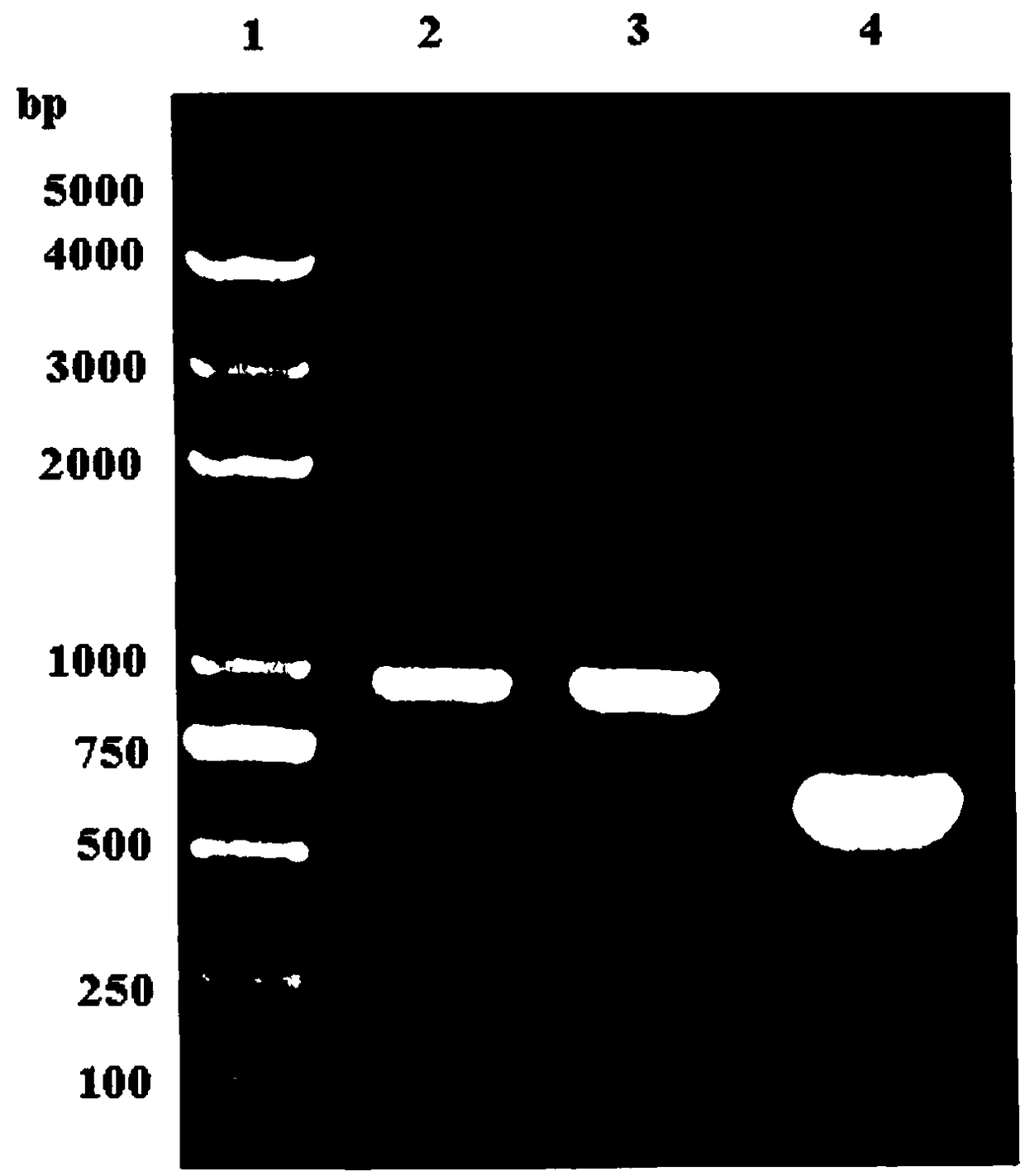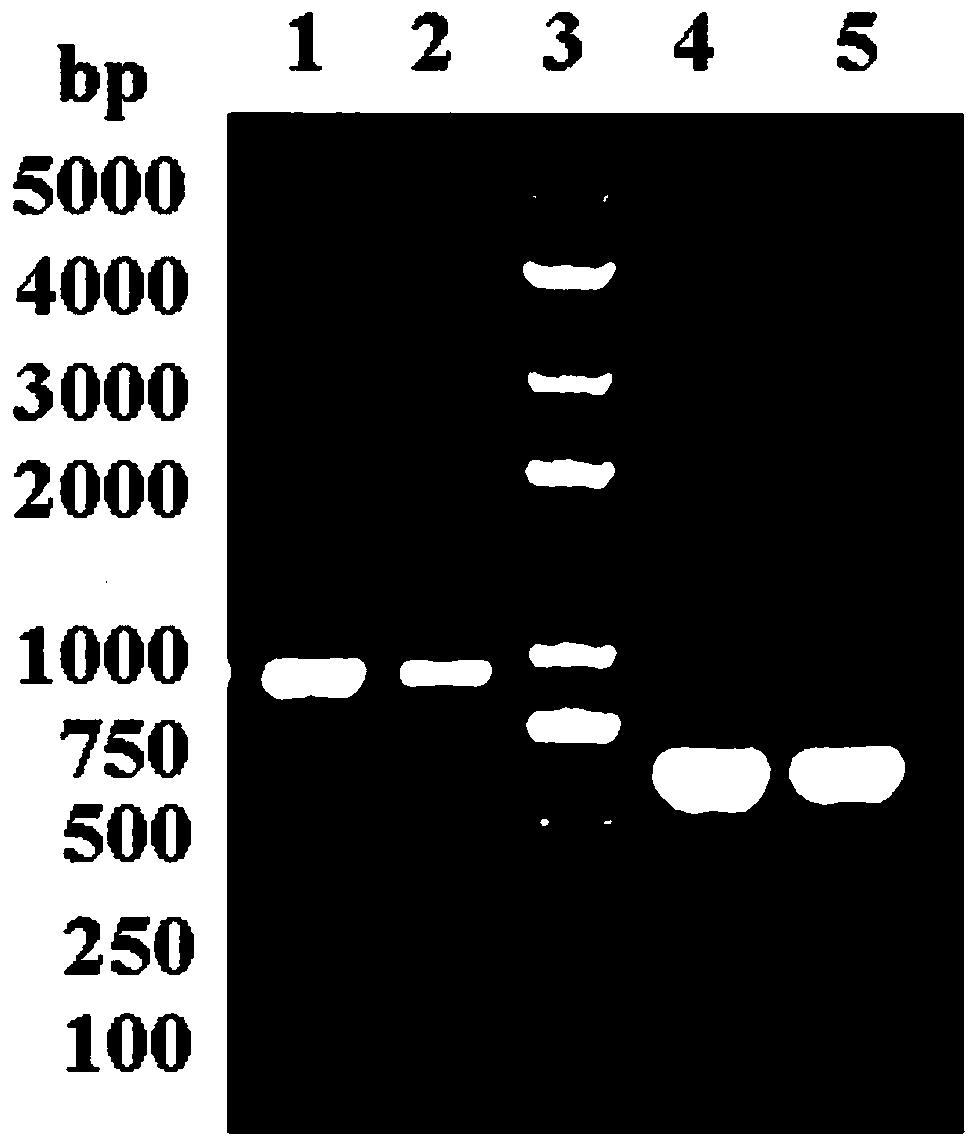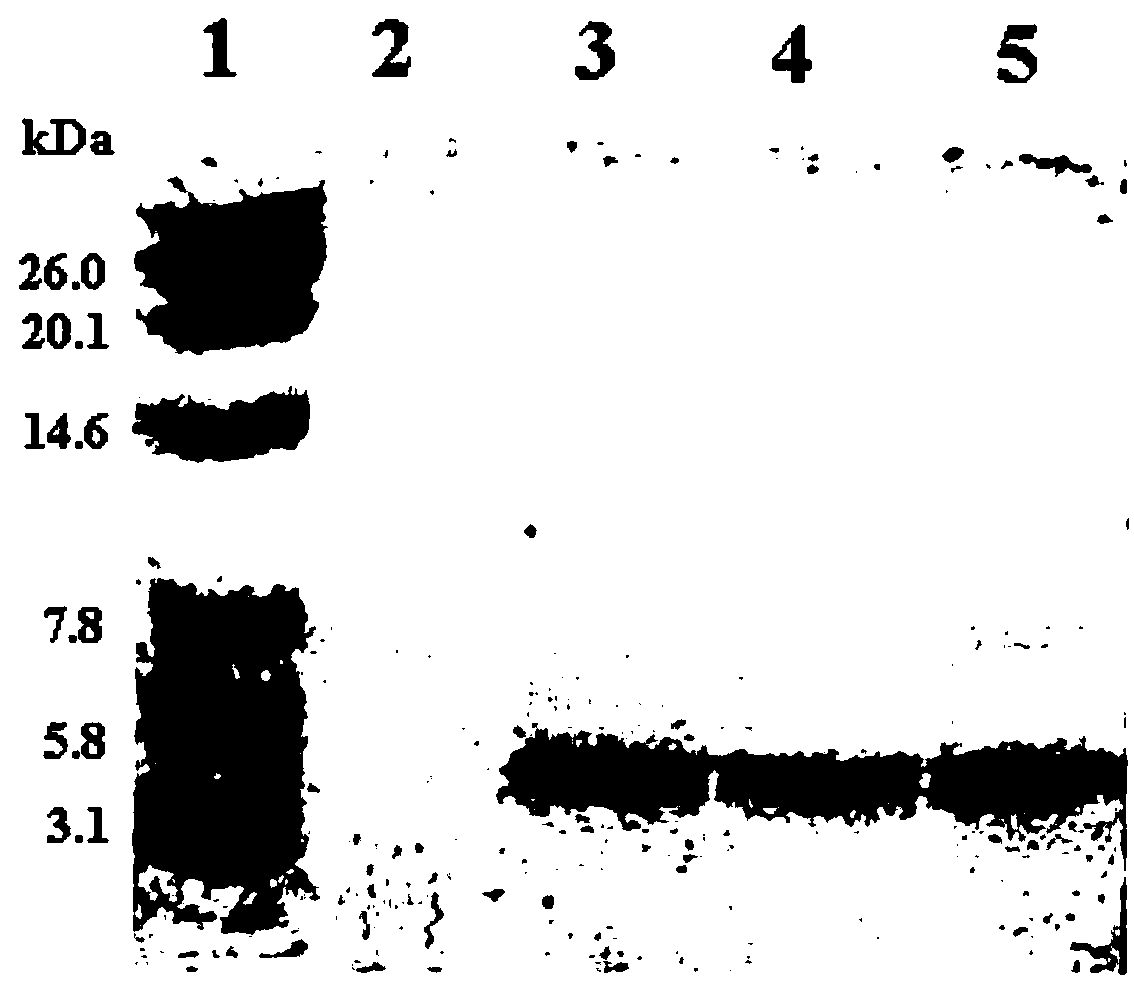Labidura japonica de haan antimicrobial peptide DEI and application thereof in duck feed
An antimicrobial peptide and earwig technology, applied in the field of bioengineering, can solve problems such as duck production problems and epidemic diseases, and achieve the effect of strong killing effect and broad-spectrum antibacterial activity
- Summary
- Abstract
- Description
- Claims
- Application Information
AI Technical Summary
Problems solved by technology
Method used
Image
Examples
Embodiment 1
[0028] In this embodiment, the Japanese earwig antimicrobial peptide DEI is extracted according to the following steps: Take 500 g of the adult body of the Japanese earwig, homogenize it in a high-speed tissue masher with 3% acetic acid aqueous solution for 5 minutes, place it in a refrigerator at 4°C overnight, centrifuge, and collect The supernatant; the precipitate was treated in the same way with 3% acetic acid aqueous solution. The two supernatants were combined, heated at 100°C for 1 h, left to stand in a refrigerator at 4°C, and filtered under reduced pressure. The filtrate was concentrated under reduced pressure and freeze-dried to obtain the extract of Japanese earwig. The Japanese earwig extract adopts chromatographic technology, uses D101 macroporous adsorption resin chromatographic column, and successively elutes with water and 55% ethanol, collects 55% ethanol eluate, recovers ethanol under reduced pressure, concentrates, and freeze-dries to obtain Japanese earwig...
PUM
| Property | Measurement | Unit |
|---|---|---|
| molecular weight | aaaaa | aaaaa |
Abstract
Description
Claims
Application Information
 Login to View More
Login to View More - R&D
- Intellectual Property
- Life Sciences
- Materials
- Tech Scout
- Unparalleled Data Quality
- Higher Quality Content
- 60% Fewer Hallucinations
Browse by: Latest US Patents, China's latest patents, Technical Efficacy Thesaurus, Application Domain, Technology Topic, Popular Technical Reports.
© 2025 PatSnap. All rights reserved.Legal|Privacy policy|Modern Slavery Act Transparency Statement|Sitemap|About US| Contact US: help@patsnap.com



